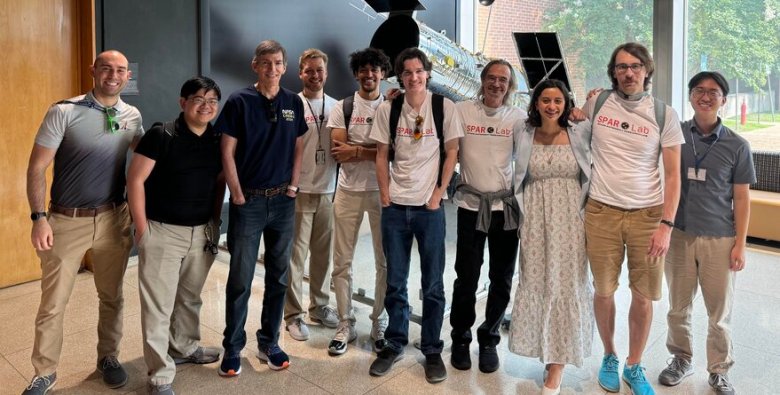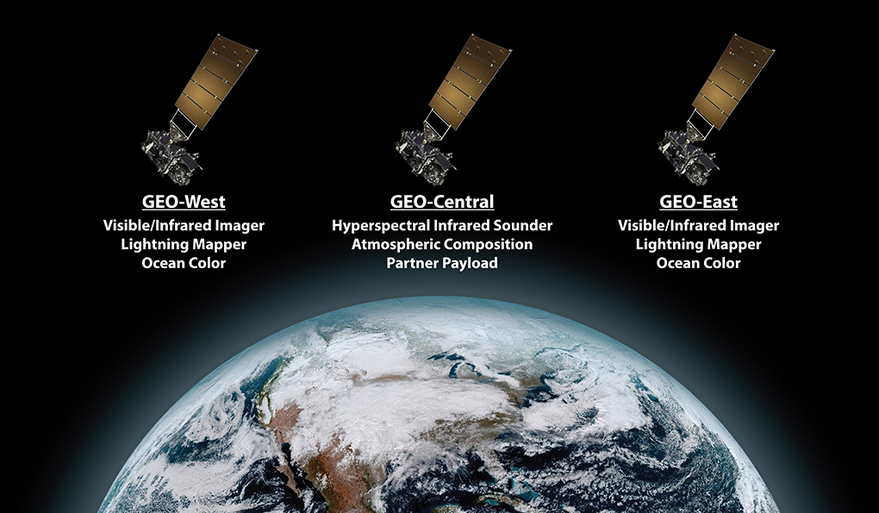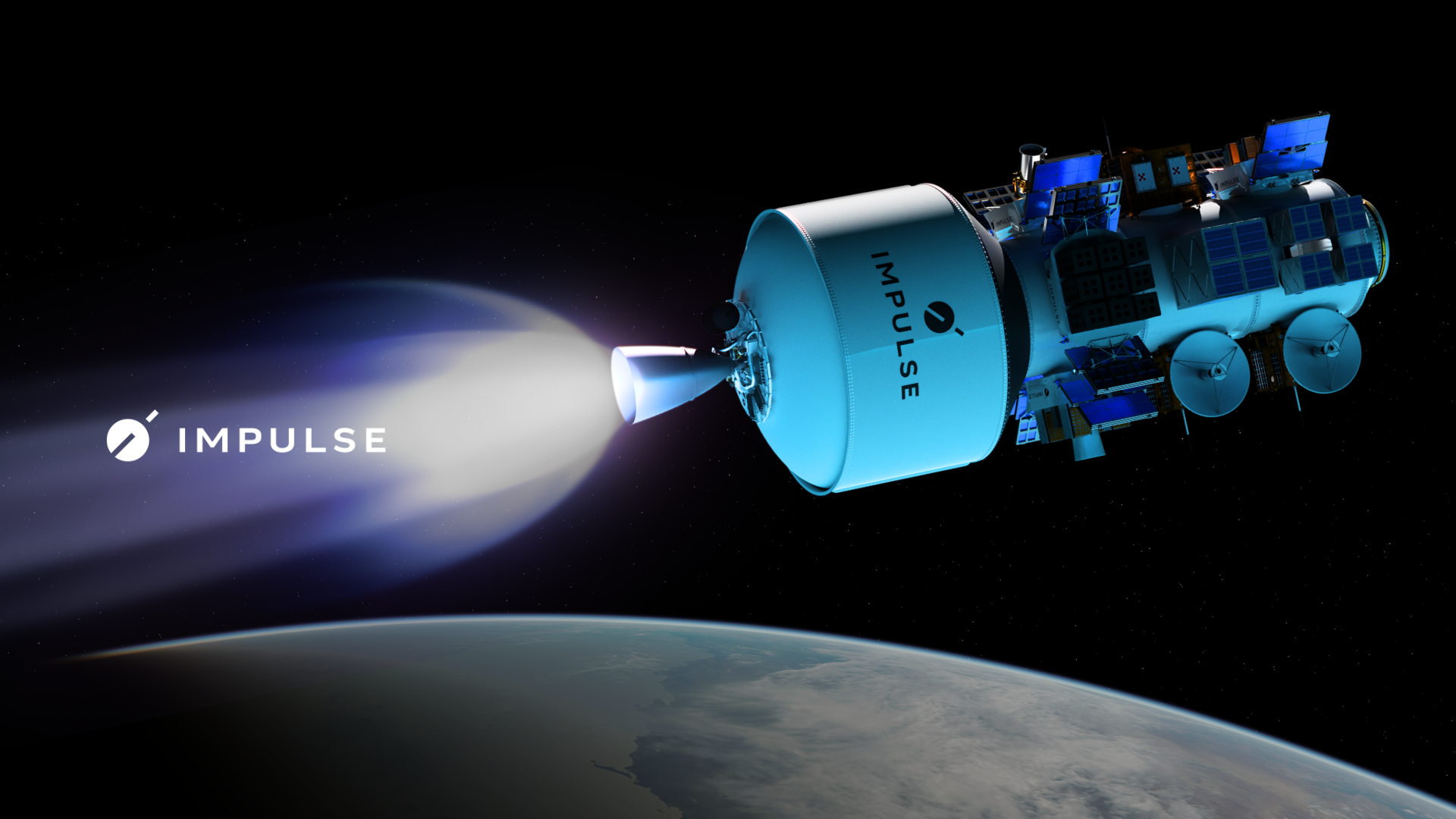SAN FRANCISCO – Artificial intelligence promises to make spacecraft increasingly resilient and capable of gathering data without waiting for instructions from ground controllers.
“We’ve been limited with the way we’ve done work so far,” Evana Gizzi, AI research lead at NASA’s Goddard Space Flight Center, told SpaceNews. “And there are so many things we want to do.”
Distributed missions, for example, where spacecraft work with landers and rovers to achieve common goals, will require autonomous capabilities. AI also paves the way for extensible mission architectures, which allow new spacecraft and sensors to join on-orbit swarms.
“At NASA and in the aerospace industry in general, mission concepts are becoming more complex, which means more of them can’t be realized without AI,” said Gizzi, who earned a PhD in artificial intelligence from Tufts University.

Measuring Methane
Still, introducing AI to NASA missions is not easy. Space mission planners tend to be risk averse and understandably wary of untested algorithms.
To lower the barrier to introducing AI for spacecraft, the NASA Goddard Space Autonomy and Resilience (SPAR) lab created the Onboard Artificial Intelligence Research platform, called OnAIR. OnAIR, an open-source-software pipeline and cognitive architecture tool, is publicly available on software-developer platform GitHub.
A prototype version of OnAIR was tested on NASA’s NAMASTE mission, which used a fleet of autonomous drones to measure methane distribution at Alaskan permafrost sites. (NAMASTE stands for Network for Assessment of Methane Activity in Space and Terrestrial Environments.)
“OnAIR helped the drones maximize the acquisition of data on areas of high scientific interest by providing a standard for data ingestion and processing involved in the NAMASTE software architecture, including autonomous measurements made by the Multifunctional Nanosensor Platform instrument integrated to the drones,” Mahmooda Sultana, an instrument scientist in the NASA Goddard Planetary Environments Laboratory with a PhD in chemical engineering from the Massachusetts Institute of Technology, said by email.

Testing on ISS
OnAIR also was tested through the SpaceCube Edge-Node Intelligent Collaboration, or SCENIC. SpaceCube is a family of reconfigurable processors built with commercial-off-the-shelf and radiation-hardened components. In 2023, a SpaceCube was tethered to the exterior of the International Space Station.
After completing its primary mission, including demonstrating the performance of commercial field programmable gate arrays in space, the SPAR Lab overcame multiple challenges to conduct an OnAIR demonstration.
“We originally thought we had a full year to prepare and upload OnAIR to SCENIC. But about two months in, we found out that SCENIC would be deactivated earlier than we expected,” James Marshall, a NASA Goddard Science Data Processing branch software engineer with a PhD in computer science from George Washington University, said by email. As a result, Marshall and his colleagues crammed a one-year project into six months.
They also learned to work with SCENIC’s slow main processor. “The clock speed was 100 [megahertz] and the architecture is less common, so it was difficult to port the python libraries we needed and the performance was slow,” Marshall said.
Linking OnAIR to SCENIC’s existing core flight system posed another hurdle, which researchers cleared with knowledge from previous projects.
“The whole team (all three of us ) had written software for SCENIC, so we were able to test everything on the SCENIC FlatSat and integrate the code easily,” Marshall said.



